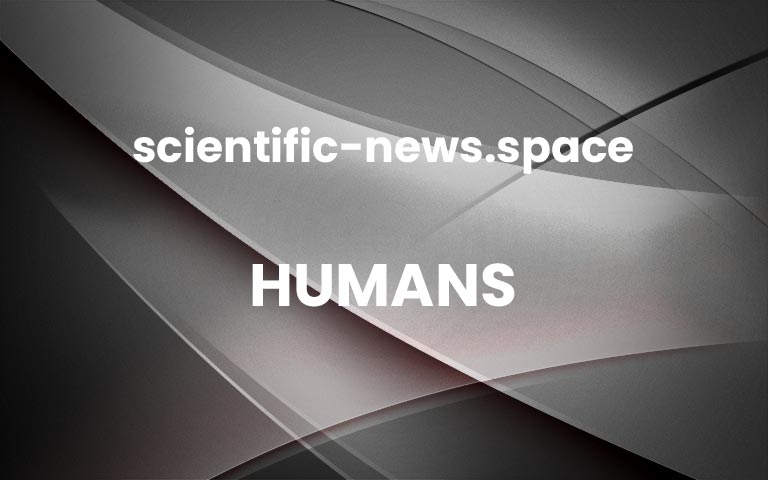Human remains from 5000 years ago buried at San Juan ante Portam Latinam in SpainJ. I. Vegas
Stone Age people were fighting small-scale wars in Europe over 5000 years ago, earlier than thought. The conflicts took place long before powerful states formed in the region.
The evidence comes from a re-analysis of hundreds of human remains found at a burial site in northern Spain. The bones are predominantly male and many have evidence of injuries from stabbing and blunt-force trauma – suggesting they belonged to a warrior class.
“It’s too large to be conflict within a community,” says Rick Schulting at the University of Oxford. The sheer scale of the conflict points to early warfare, rather than just interpersonal conflicts or skirmishes, he says.Advertisement
The site in question is San Juan ante Portam Latinam, a rock shelter in a valley in northern Spain. It was found by accident in 1985 when a bulldozer uncovered human remains while widening a track. Radiocarbon dating of the bones suggests they were laid down between 3380 and 3000 BC, during the European Neolithic period.
San Juan ante Portam Latinam is about 20 square metres in area. In that small space, researchers found densely packed human bones. They include 90 complete skeletons, over 200 partial skeletons and thousands of seemingly isolated bones.. There were also many stone weapons, including blades, arrowheads and axes. Many of the bones showed signs of injuries, and because they were all dumped together, the site was initially interpreted as the remains of a massacre.
Schulting and his colleagues have systematically re-analysed the remains. They say San Juan ante Portam Latinam probably doesn’t represent a single massacre, but rather evidence of sustained conflict that was mostly conducted by young males – in other words, warfare.
The team concludes there are at least 338 people interred at San Juan ante Portam Latinam. Of those, at least 23 per cent have visible injuries: one of the highest rates of violent injury found in prehistory. The wounds include 65 unhealed injuries and 89 healed, indicating prolonged conflict. The largest proportion of the injuries were attributable to blunt-force trauma, as might be caused by axes, clubs or thrown stones.
“This is a very careful and meticulous study,” says Martin Smith at Bournemouth University in the UK.
The remains contain more males – especially young males – than would be expected in an indiscriminate massacre. Of 153 individuals whose sex could be estimated, 70 per cent were male. Nearly 45 per cent of these males had visible injuries, compared with almost 24 per cent of the females. Furthermore, among remains that could be classified, 97.6 per cent of unhealed injuries were found on males.
Schulting and his colleagues argue that this points to the existence of a male-biased warrior class, something found in many societies.
“The word ‘war’ is such a loaded term,” says Linda Fibiger at the University of Edinburgh in the UK. But the conflicts observed meet many of the criteria. “There’s no doubt that it’s something that happens at large scale, and it’s probably intergroup rather than intragroup,” she says.
We can’t know for sure why the conflicts were happening, but Schulting says there are some hints. People living in the bottom of the valley and those living in nearby foothills seem to have had subtly different diets and to have practised different funerary rites. “That gives us this sense that there are different political communities, different social communities, living quite close to each other,” he says.
The researchers also found evidence of malnourishment and other poor health indicators. “This might have been a stressful period,” says Fibiger.
“This article adds to the emerging picture we have of the early Neolithic as a time of significant stress, likely linked to growing inequality and changes in the structure of society,” says Smith.
Smith and Fibiger are both co-authors of a review published in January that concluded violence was endemic in Neolithic Europe, probably due to competition over arable land, and that it sometimes wiped out entire communities.
Topics:war/archaeology More


